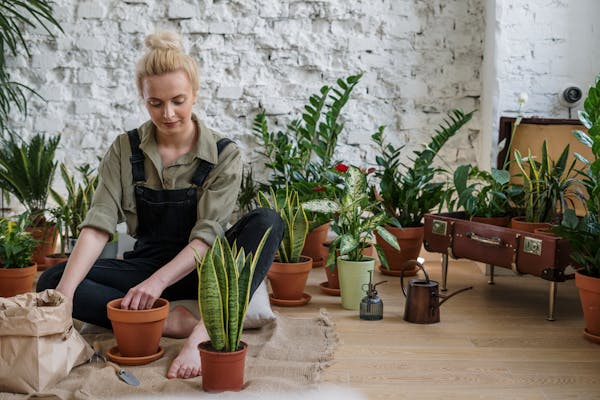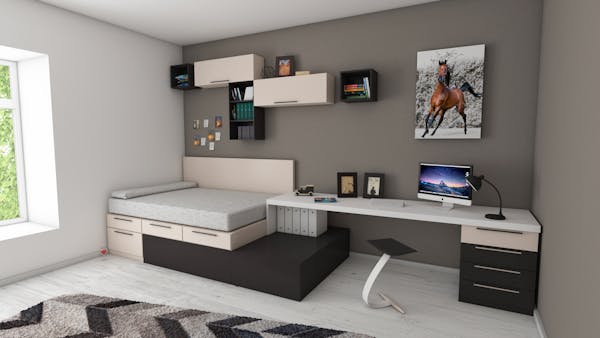How Do You Take Care Of a Baby’s Tears Plant?

If you’re new to houseplants, you may be wondering how to take care of a baby’s tears plant. This is one of the best plants and will look great in any environment. The baby’s tears plant is very easy to maintain. All you need is some sunlight, potting soil, water, and time!
What is a Baby’s Tears Plant, and Where Does it Come From?
Baby’s tears plants (Soleirolia soleirolii) are native to the Mediterranean region. They get their name from their tiny, tear-shaped leaves. These plants are frequently used as ground cover in gardens and can even be grown indoors as houseplants.
Baby’s tears plants prefer shady, moist conditions and can be difficult to grow in too dry or sunny areas. These plants can also be invasive, so it is essential to keep an eye on them and remove any runners that start to spread. With proper care, baby’s tears plants can make a beautiful addition to any garden.
Image: town and country living
Baby Tears Plant Care
- Sunlight: Baby’s tears plants need at least 4 hours of direct sunlight per day.
- Water: Keep the soil moist, not wet. You can water your plant regularly or use a humidifier to increase the moisture in the air.
- Soil: Baby’s tears plants prefer moist, well-drained soil.
- Temperature: These plants thrive in temperate climates. They can tolerate temperatures down to about 45 degrees Fahrenheit but should be protected from frost.
- Fertilizer: Fertilize baby’s tears plants with a balanced liquid fertilizer twice a month.
- Humidity: Baby’s tears plants prefer moist, humid conditions. You can increase the humidity around your plant by using a humidifier or placing it in a room with a running shower.
- Pruning: Remove any runners that start to spread and trim off dead or wilted leaves.
- Propagation: Baby’s tears plants can be propagated by dividing the clumps or rooting stem cuttings.
- Pest Control: If you notice any pests or diseases, treat them with an appropriate pesticide or fungicide.
Problems with Baby’s Tears Plants
The most common problems with baby’s tears plants are overwatering and underwatering. These plants can also be susceptible to fungal diseases, so it is essential to keep an eye on them and remove any diseased leaves immediately.
If your plant starts to look wilted, it may be because it is not getting enough water. If the leaves turn yellow or brown, it may mean that the plant is being overfed or is in a too sunny location. With a little bit of care, baby’s tears plants will thrive and add beauty to your home or garden.
Conclusion
The baby’s tears plant is an excellent option if you’re looking for an easy-to-maintain houseplant. These plants thrive in moist, humid conditions and need at least 4 hours of direct sunlight per day. Baby’s tears plants can be propagated by dividing the clumps or rooting stem cuttings.
If you notice any pests or diseases, treat them with an appropriate pesticide or fungicide. Caring for a baby’s tears plant is easy and can be done by anyone with some gardening knowledge. With a little bit of TLC, your baby’s tears plant will thrive and add beauty to your home or garden.
Related








